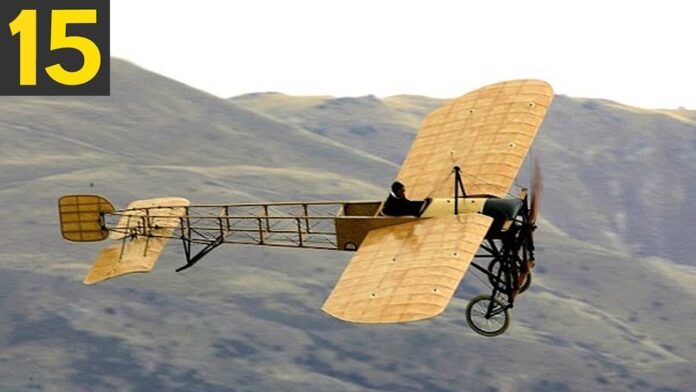From Fragile Prototypes to Streamlined Airliners: The Evolution of Aircraft Design
The pioneering early years of aviation were a time of bold experimentation and rapid technological change. As intrepid innovators pushed the boundaries of flight, aircraft design underwent crucial transformations from unstable prototypes to practical and efficient air transports.
The Wright Brothers first took to the skies in 1903 in a spindly wood and fabric biplane that just barely achieved sustained controlled flight. By 1909, they were flying more refined designs that could stay airborne for hours. Aircraft structures improved from wood framing to metal tubing to monocoque shell construction for greater strength at less weight.
Early crude piston engines were superseded by more reliable and powerful inline, radial, and rotary engine designs. Multi-engine aircraft provided added safety and performance. Enclosed streamlined cabins replaced open cockpits to shelter pilots and passengers from the elements.
Advances in aerodynamics saw the replacement of unstable tail-first aircraft by tractor configurations with the elevator moved to the tail. Biplanes gave way to more efficient cantilever monoplanes. Retractable landing gear and engine cowlings reduced drag.
Innovations in wing design, engine technology, instrumentation, and lightweight construction materials drove rapid leaps in capabilities throughout the 1920s and 30s. Aircraft grew bigger, faster, more efficient, and more reliable, transforming air travel from daredevil stunts to comfortable passenger services.
Lighter-than-air craft also saw major advancements. Early non-rigid blimps led to streamlined rigid airships like the Zeppelins. Germany pushed airship technology to its limits with giant hydrogen-filled behemoths carrying passengers, cargo, and military firepower. Hundreds of feet long, they ruled the skies until the fiery 1937 Hindenburg disaster ended the airship era.
Within a few exhilarating decades, flight went from risky experiment to revolutionary new mode of transportation. Driven by tireless innovation, early aviation prototypes evolved into the modern airliners and airships that shrank the globe and changed the world.



